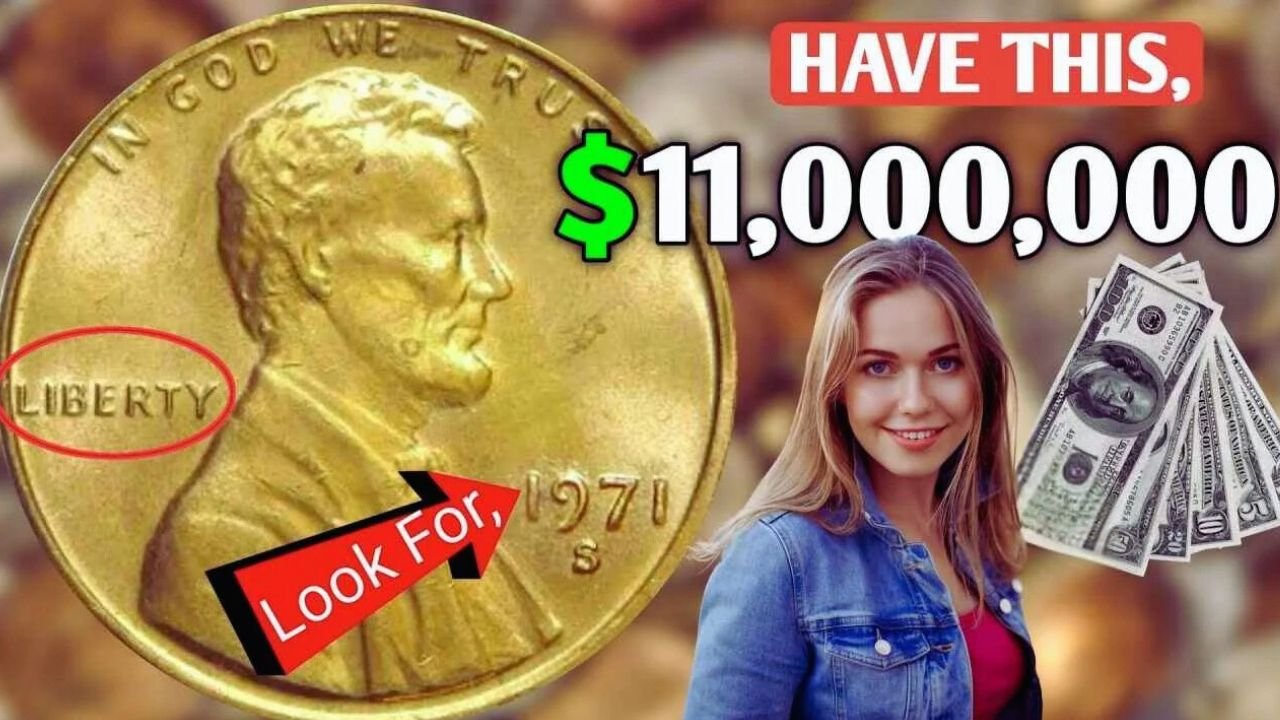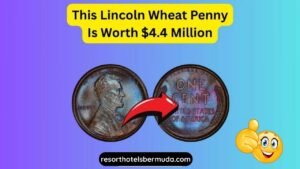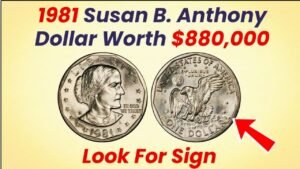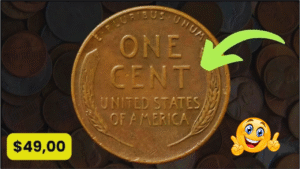Imagine pulling out a quarter and realizing it’s worth millions. Sounds impossible, right? Yet in 2024, a rare 1976 Bicentennial Quarter sold for an incredible $11.2 million. While most of these coins are worth just 25 cents, a small number with unique errors or silver content are now considered treasures by collectors.
What Is the Bicentennial Quarter?
The Bicentennial Quarter was released in 1975 and 1976 to celebrate America’s 200th birthday. Unlike regular quarters, these coins feature a colonial drummer boy on the reverse and the dual date 1776–1976 on the obverse with George Washington. Over 1.6 billion were minted, so they’re common in pocket change. But a few special varieties stand out as rare and extremely valuable.
Why Are Some Worth Millions?
Most Bicentennial Quarters are ordinary, but certain features make a few worth huge sums. Some were struck with errors, like double strikes that create a blurred or doubled design. Others were made with 40% silver, and in very rare cases 90% silver, instead of the usual copper-nickel mix. Proof coins with mirror-like finishes and coins in near-perfect condition (MS-68 or higher) are also highly valuable. One such coin, a 1976-S Silver Proof Deep Cameo with a double strike, sold for $11.2 million because it checked all of these boxes.
Key Features of a Rare Bicentennial Quarter
| Feature | Details |
|---|---|
| Date | 1776–1976 (check for doubling) |
| Mint Mark | “S” = San Francisco, often silver |
| Material | 40% or 90% silver (heavier than regular coins) |
| Errors | Double strike, off-center designs |
| Condition | MS-68 or higher, flawless proof finish |
How to Spot a Valuable Quarter
Check the date “1776–1976” and the drummer boy design. Look near Washington’s head for the mint mark — an “S” often means it could be silver. Weigh the coin: regular quarters weigh 5.67 grams, but silver ones are heavier. Use a magnifying glass to search for doubled letters, off-center designs, or sharp frosted details. If the coin has a shiny, mirror-like surface, it could be a proof. When in doubt, submit it to PCGS or NGC for grading.
Where You Might Find One
These rare coins can still turn up in surprising places. Check loose change in wallets, jars, or piggy banks, rolls from banks, or collections passed down in families. Some even appear at flea markets and garage sales. Since a few error coins accidentally entered circulation, it’s worth looking closely at every Bicentennial Quarter you come across.
What to Do If You Find One
If you suspect you have a rare quarter, don’t clean it—that lowers its value. Store it in a protective holder and have it graded by a professional service. Once verified, you can sell it through coin dealers, auction houses like Heritage Auctions, or online platforms such as eBay.
FAQs
Are all Bicentennial Quarters valuable? No. Most are worth only 25 cents. Only rare silver, proof, or error coins carry high value.
How can I tell if mine is silver? Look for an “S” mint mark and a heavier weight. A dealer can confirm the metal content.
Where’s the best place to sell one? After grading, try auctions, coin shops, or trusted online marketplaces.
Final Thoughts
The 1976 Bicentennial Quarter is a fascinating part of U.S. history. While most remain worth face value, rare versions have sold for thousands — and in one case, over $11 million. Before you spend your change, take a second look. That ordinary quarter might just turn out to be a life-changing discovery.




